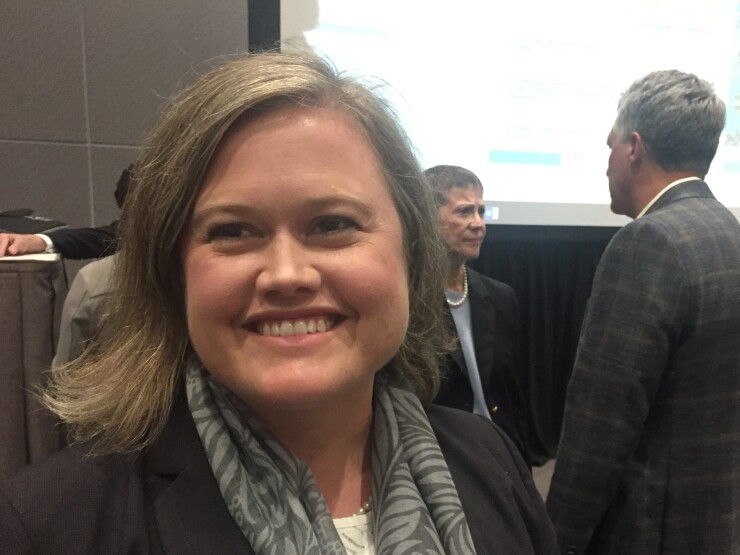Thirty states will have half of their share of $350 billion in coronavirus relief aid withheld until February 2022 under guidelines announced Monday by the Treasury.
That’s because their unemployment rates were less than 2 percentage points higher in March than just prior to the pandemic in February of last year.
The Treasury set that line of demarcation as part of

States can nonetheless include the promised federal aid in planning for their future budgets, a Treasury official told reporters Monday.
Adam Levin, who researches state fiscal policy for The Pew Charitable Trusts, said that even though some states will receive this money in two payments, “the important thing is that lawmakers keep in mind this is one-time money and should not be used for recurring expenses.”
“Moreover, some states, like Iowa and Florida, are already planning to spend this money over time, so getting half of it next year doesn’t change their existing plans,” Levin said.
The Coronavirus State and Local Fiscal Recovery Fund approved earlier this year as part of the much larger American Rescue Plan set aside $195.3 billion for states and the District of Columbia, $65.1 billion for counties, $45.6 billion for cities of over 50,000; $20 billion for tribal governments, $4.5 billion for territories and $19.5 billion for small local governments.
“Local governments should expect to receive funds in two tranches, with 50% provided beginning in May 2021 and the balance delivered 12 months later,” the Treasury also announced.
All states, the District of Columbia, counties and larger cities of more than 50,000 in population are eligible to receive at least part of their share of the federal aid later this month.
Smaller jurisdictions are being classified as “non entitlement units” and will receive their federal aid through state governments in the coming weeks.
U.S. territories such as Puerto Rico and the U.S. Virgin Islands will receive a single payment. Tribal governments will receive two payments, with the first available this month and the second, based on employment data, to be delivered in June.
“There’s a lot of widgets,” said Emily Brock, director of the federal liaison center for the Government Finance Officers Association which plans its first briefing for members on Wednesday. Two webinars for members will be held next week.
Treasury’s 151-page
Governments also can use it for premium pay for essential workers and to invest in water, sewer, and broadband infrastructure.
Clarence Anthony, CEO and executive director of the National League of Cities, said the new guidance “puts local governments in the driver’s seat, giving them direct access to funds along with the flexibility to use them as they see fit.”
Brock at GFOA noted that the rules allow capital maintenance and other improvements such as street and sidewalk repair.
But the guidelines do not allow use of the money to replace rainy day funds or reserves, payment of debt service or pensions.
A lot of jurisdictions were hoping to replenish their rainy day funds or reserves with the federal aid, Brock said.
The 20 states and D.C. that are receiving their full share this month include tourism dependent Hawaii, which has had the largest spike in unemployment over that span with a 6.3 percentage point increase to 9%.
New York’s jobless rate has jumped 4.8 percentage points to 8.5%, Nevada’s has increased by 4.5 percentage points to 8.1% and California’s has more than doubled to 8.3%.
California expects to receive $26 billion in federal emergency aid from the Coronavirus State and Local Fiscal Recovery Fund.
In addition, California Gov. Gavin Newsom said Monday that his state is anticipating a budget surplus of $75.7 billion.
Newsom also on Monday
Sen. Rick Scott, R-Fla., said Newsom’s announcement provides the latest evidence that the federal aid is unnecessary and an example of wasteful spending.
“This bailout was nothing more than a liberal payback to governors who helped elect them,” Scott said.
States and local governments have until the end of 2024 to spend this federal aid.
Another big state that qualifies for the entire federal emergency aid in one payment because of its jump in unemployment is Texas.
Others include Arizona, Colorado, Connecticut, Delaware, Illinois, Louisiana, Maryland, Massachusetts, New Jersey, New Mexico, North Dakota, Oregon, Pennsylvania, Rhode Island, South Carolina, and Virginia.





